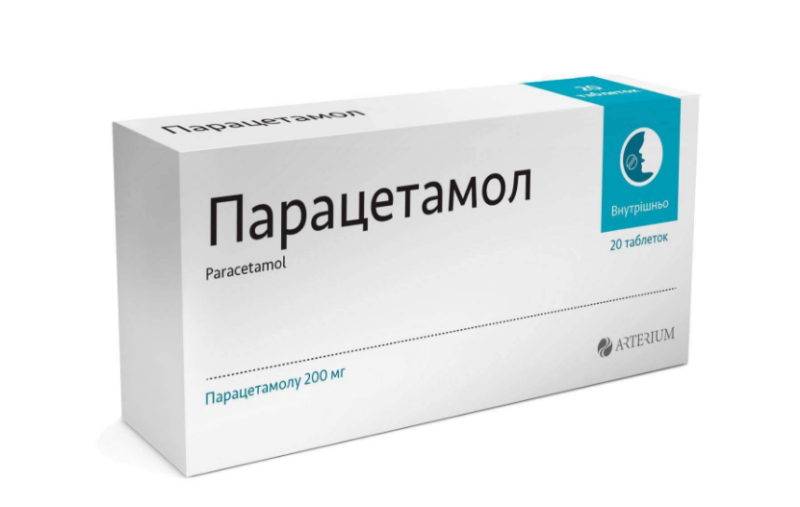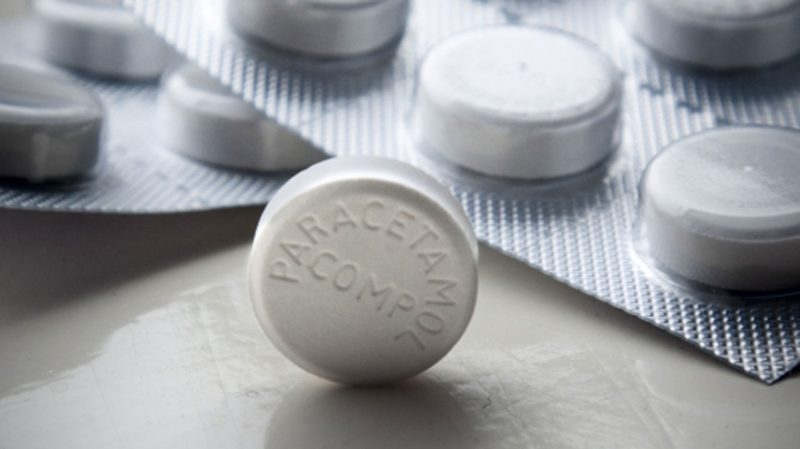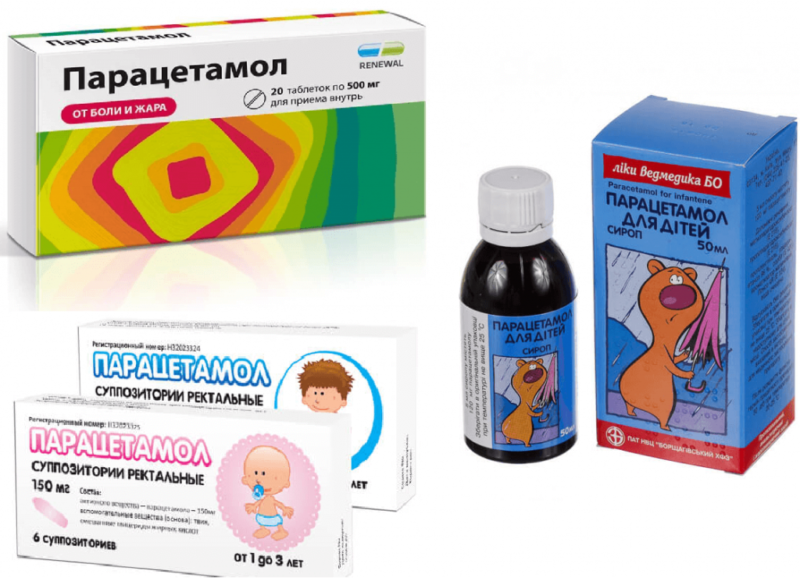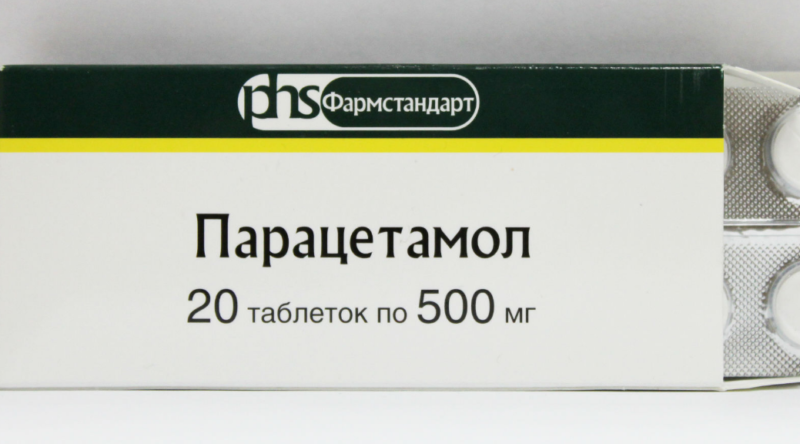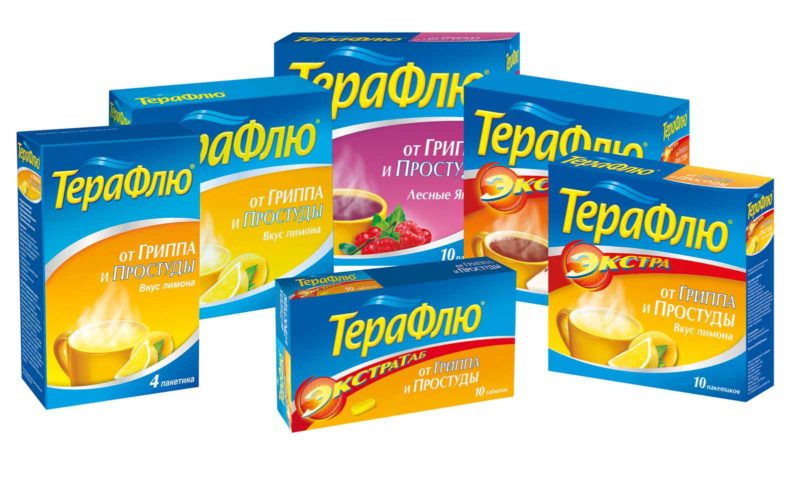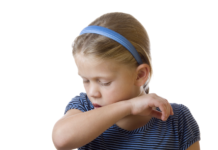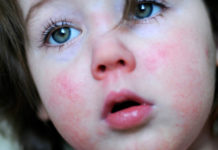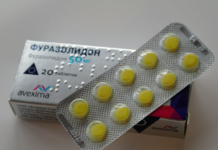During a flu or a cold, adults rarely go to the doctor, but small patients need specialized help. The dosage of "Paracetamol" for children differs from the standard, it is selected individually, based on age, weight and other factors. The drug has a pronounced antipyretic and analgesic effect, exhibits a slight anti-inflammatory effect. The medicine is used only to eliminate symptoms in the complex therapy, in itself it is not able to relieve the disease.
Material Content:
Forms of release and composition of the drug
"Paracetamol" is a one-component drug, it contains one active substance and several auxiliary substances that give it various physicochemical properties.
Regardless of the form of release, the main element remains unchanged - paracetamol, and the remaining components can vary:
- tablet medicine contains starch, stearic acid, gelatin and lactose;
- rectal suppositories are made on the basis of solid animal fat;
- in the composition of children's syrup, you can find glycerin, propylene glycol, alcohol, distilled water, sorbitol and flavorings.
A drug is produced in the form of tablets of 200 mg, 325 mg or 500 mg; syrup 50 ml or 100 ml; rectal suppositories of 80 mg, 170 mg or 330 mg. A wide range of release forms and concentrations of the main component allows you to choose the exact therapeutic dose individually for each patient.
Why is paracetamol prescribed for children?
Almost any viral or bacterial invasion of the body is accompanied by an increase in body temperature.
When the red line of the thermometer crosses the border of 38 degrees, antipyretic drugs come to the rescue, the most famous of them - “Paracetamol”.
In addition to the ability to reduce temperature, the medicine also dulls pain and helps fight inflammation.
It is prescribed for such conditions:
- pneumonia, bronchitis;
- neuralgia;
- migraine attacks;
- Toothache
- exacerbation of radiculitis;
- soreness and hyperthermia with otitis media, rhinitis, tonsillitis;
- acute respiratory infection;
- teething period.
Also, “Paracetamol" for temperature is taken during the flu, chickenpox, measles, mumps and other infections. As an anesthetic, the drug can be used for injuries and burns.
Instructions for use and dosage
The dosage of Paracetamol in tablets, syrup and other forms for children is calculated based on the age and weight of the patient. At a time, it is recommended to take approximately 10 - 15 mg of the drug per 1 kg of the patient's body weight. During the day it is forbidden to consume more than 60 mg of paracetamol per 1 kg of weight.
The interval between doses should be at least four hours, so that the liver has time to withdraw part of the previous dose, and the medicine does not accumulate in the body.
Do not take medication more than 4 times a day. The recommended course of treatment is no more than three days, the question of its extension can only be decided by the attending physician.
Dosage of children's syrup "Paracetamol":
| Patient age | Recommended Single Dose |
|---|---|
| Younger than 2 years | No more than 5 ml |
| Up to 4 years | 5 ml - 7.5 ml |
| Up to 9 years | 10 ml - 15 ml |
| Under 12 years old | No more than 20 ml |
Syrup is contraindicated for the treatment of babies younger than six months, infants can put rectal suppositories.
Dosage of suppositories "Paracetamol":
| Child age | Single dose |
|---|---|
| Up to 1 year | 80 mg |
| Up to 6 years | 170 mg |
| Under 12 years old | 170 - 330 mg |
| Over 12 years old | 330 - 660 mg |
Rectal suppositories are inserted into the anus and gently pushed into the rectum. Before the procedure, it is recommended to empty the intestines naturally or put an enema. This will help the drug to flow freely into the patient’s blood, in addition, mechanical cleansing of the intestine in itself leads to a decrease in body temperature. It is not recommended to use suppositories for the treatment of infants up to three months.
The tablet form of the medicine is usually prescribed for adult patients, although Paracetamol tablets can be given to children from the age of three.
| Patient age | 500 mg tablets |
|---|---|
| Up to 6 years | 0.5 tablets |
| Up to 9 years | 0.5 - 1 tablet |
| Under 12 years old | 1 - 1.5 tablets |
The frequency of administration should not exceed 4 times a day. Tablets are best taken after eating, it is allowed to drink them with a small amount of water.
Drug interaction
When prescribing Paracetamol, the possibility of its interaction with other drugs, especially with those that affect the functioning of the liver, should be taken into account. It is this organ that removes the medication from the body, and in case of a malfunction in its work, paracetamol poisoning can occur.
It is not recommended to drink the drug simultaneously with:
- propanol or probenecid - the effect of paracetamol is enhanced;
- chloranphenicol - increased toxicity;
- metoclopramide - too fast adsorption;
- non-steroidal anti-inflammatory - increased toxic effects on the liver and kidneys;
- salicylates - the appearance of neurotoxicity;
- diuretics - a decrease in the diuretic effect.
It is strictly forbidden to combine Paracetamol and alcohol, barbiturates or drugs for the treatment of tuberculosis (Isoniazid). In case of their simultaneous administration, the risk of developing liver failure increases.
Contraindications and side effects
Despite the fact that Paracetamol is used for most inflammatory diseases, the drug has a list of contraindications for use:
- individual intolerance to the active substance;
- allergic reactions to auxiliary components of the drug;
- severe dysfunction of the liver or urinary system;
- history of liver failure;
- blood pathology - severe anemia, a decrease in the number of leukocytes, platelets;
- the presence of congenital hyperbilirubinemia.
Do not prescribe medication to patients who often drink alcohol. Paracetamol baby syrup contains glucose, so it is not recommended to drink it for patients suffering from diabetes.
People with hypersensitivity after taking “Paracetamol" may experience allergic reactions in the form of urticaria, angioedema, exudative erythema and anaphylactic shock. When taking large doses, the nervous and urinary systems and liver suffer. As a result of an overdose, the appearance of side effects is possible - severe psycho-emotional arousal, loss of orientation in space, dizziness, necrosis of liver and kidney cells, nephritis, pyuria.
Also, the drug affects the composition of the blood, in rare cases, there is a decrease in the number of blood cells, hemolytic anemia, agranulocytosis. Excessive doses can lead to a drop in blood sugar and hypoglycemic coma.
You should immediately inform your doctor about the occurrence of side effects so that he can adjust the dosage or choose an analog of Paracetamol.
Analogues of the drug
On the shelves of pharmacies you can find many drugs that contain paracetamol:
- "Antiflu" - contains three active components, including paracetamol;
- "Teraflu" - a drug with an identical composition to the previous composition;
- "Revalgin" - is distinguished by active substances, additionally has an antispasmodic effect;
- Rinikold is a combined medication that relieves not only fever, but also other symptoms of the common cold.
The trade names for paracetamol depend on the country and company of the manufacturer, and the price changes accordingly, although the composition of the drug remains the same. The most famous names are “Panadol”, “Kalpol”, “Perfalgan”, “Tsefekon D”.


